Theories we follow

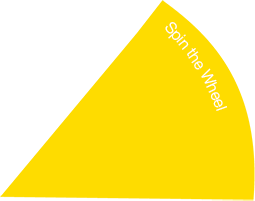
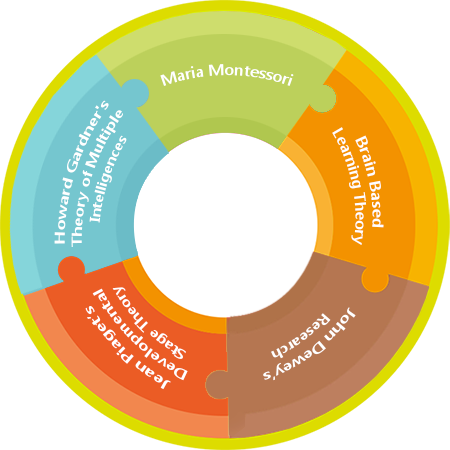
Maria Montessori
Developed by Dr. Maria Montessori, it can be described as a constructivist or "discovery" model, where children learn concepts from working with materials, rather than by direct instruction. The role of the teacher is to stimulate the child's enthusiasm for learning and to guide it, without interfering with the child's natural desire to teach him/herself and become independent.
Howard Gardner's Theory of Multiple Intelligences
Multiple Intelligences,(MI), is a theory introduced in 1983 by Harvard professor Dr. Howard Gardner which says that there are many forms of intelligences and many ways to be smart. Our schools and culture focus most of their attention on linguistic and logical-mathematical intelligence but in fact educators should recognize a broader range of talents. Some children might learn rhymes better by reading (linguistic) but some need to dance to it (kinesthetic). The same material should be reinforced in a variety of ways as it activates a wide assortment of intelligences and this in turn facilitates a deeper understanding of the subject matter.
Summaries of eight intelligences
- Visual/Spatial - Picture Smart
- Linguistic - Word Smart
- Logical/Mathematical
- Bodily/Kinesthetic
- Musical
- Interpersonal People Smart
- Intrapersonal Self Smart
- Naturalist
Jean Piaget’s Developmental Stage Theory
The understanding that the children are active learners and the way they understand develops as they interact with the world around them.
John Dewey’s Research
John Dewey is famous for his role in what is called progressive education which is essentially a view of education that emphasizes the need to learn by doing. Children learn best when they experience reality
Brain-based learning Theory
This learning theory is based on the structure and function of the brain. Teaching without an awareness of how the brain learns is like designing a glove with no sense of what a hand looks like–its shape, how it moves. To make learning effective, the teaching method and the classrooms have to be designed, by understanding and accommodating “the organ of learning,” the brain.
Education Model
Arts-Infused Model (Creativity)
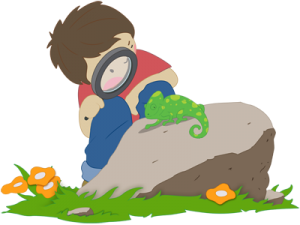
We can either walk on the path that already exists or we can create our own path. The ability to think creatively begins with freedom of expression. At The Orange Door, the child has the freedom to choose the way they want to learn. They need not paint inside the lines only…rather the entire world is their canvas. We view creativity as a way for children to express ideas, take risks, make choices, apply new knowledge and explore their curiosities. Art (Visual art, drama, music and dance) helps children to express their feelings, thoughts and imaginations. Freedom of expression makes their social-emotional skills stronger and thus their problem-solving skills. Children who are creative tend to be better problem solvers.
Inquiry Based Model
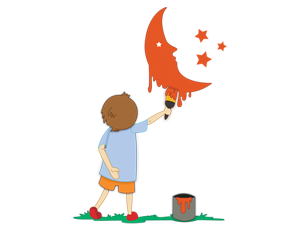
Young children love to ask questions. It’s one of the ways in which they make sense of the world and their place in it. When children are able to pose questions and investigate the answers, they construct their own knowledge rather than simply be a passive recipient of information being handed out to them. Questions are also a powerful tool for teachers to promote children’s thinking and learning. When open-ended questions are posed, it helps children to share what they already know, wonder, or would like to learn. Learning is more relevant to children when new activities incorporate their prior knowledge. The inquiry learning approach also focuses on HOW we learnt/solved problems (skills) rather than just focusing on what we learnt (knowledge). It is concerned with acquiring the skills of learning . I nquiry-based learning helps children to become more creative, more positive and more independent. Even if they don’t know all the answers just yet, they will know how to find the answers self-sufficiently.
Thematic & Real-World Studies
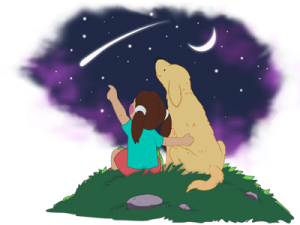
Our thematic studies are categorized within three main areas and introduced to children in concrete and intentional ways that help them connect everyday experiences to a greater understanding of the world that surrounds them:
- Personal Experiences – Getting to know self, family, friends, feelings and traditions.
- Nature & Environment – Investigating rocks, dirt, insects, plants, animals and natural phenomena.
- Global Communities & Ecosystems – Understanding how the people, plants and animals co-exist, such as in deserts, oceans, grasslands and woodlands.

